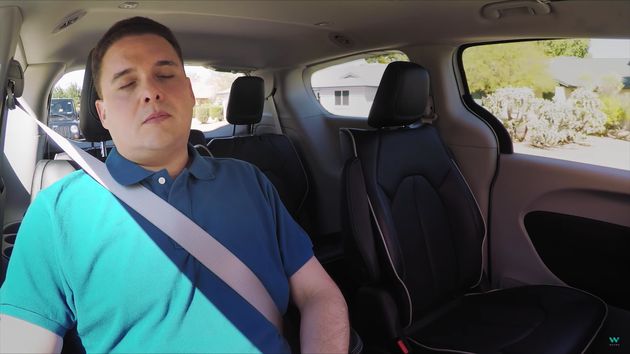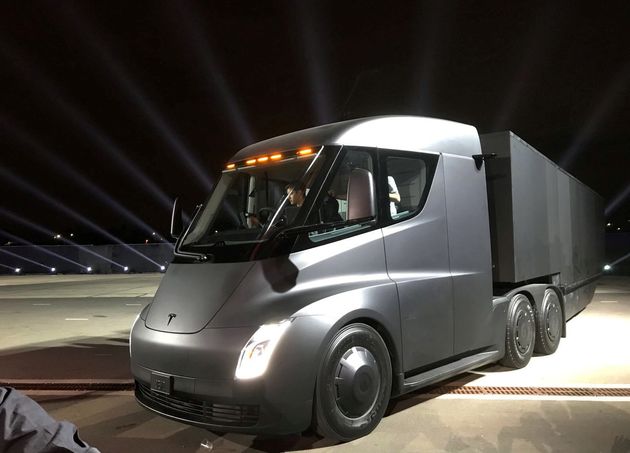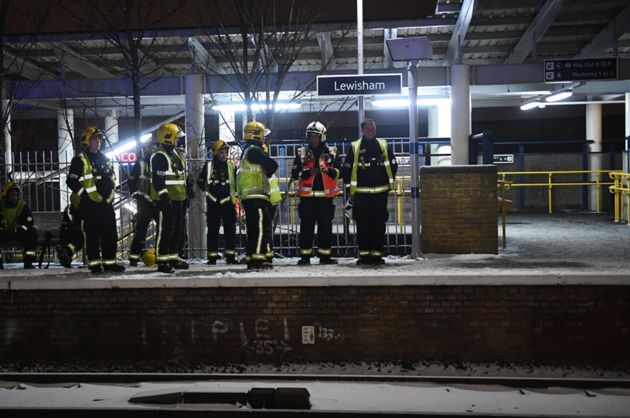The UK’s poorest communities are being hit the hardest by air pollution – but data shortages mean its full impact remains hidden.
Studies show people in areas where poverty is highest are more likely to live near a busy main road, have to send their children to a school with a ‘poisoned playground’ and suffer from debilitating health conditions, while struggling under “a wider picture of inequality”.
Now experts are warning that councils are too cash-strapped to build up a proper picture of the effects of toxic air in their towns and cities, and are not being properly equipped to tackle the problem, despite promises by ministers to make it a top priority.

A 2015 analysis by researchers at Imperial College London and the Dutch National Institute for Public Health and Environment revealed the most deprived 20% of neighbourhoods in England had higher air pollution levels than the least deprived – but this was not the case in the Netherlands.
The biggest differences in air pollution levels according to socioeconomic status were found in London, where in areas with poor air quality, 32% of people were from the most deprived backgrounds, versus 7% from the least deprived.
And 85% of the schools most affected by air pollution in the capital have pupils that come from deprived neighbourhoods, residents of which are most likely to suffer from pollution related health issues, with 86% teaching pupils from areas with low car usage – who contribute the least to the pollution problem.
Labour MP Mary Creagh, chair of Parliament’s environment select committee, told HuffPost UK: “We recently heard evidence from Professor Stephen Holgate at the Royal College of Physicians (RCP), who told us that the effects of air pollution tend to be magnified in poorer groups, as they have other issues including smoking and obesity which exacerbates the problem.
“He said poor people tend to live on busy roads where traffic queues, and also nearer to railway lines with diesel trains.”
A report commissioned by the RCP last year concluded there are inequalities in the distribution of pollutants in the UK, but the relationship with deprivation is not straightforward.
“Deprived communities live in poorer-quality environments that experience higher levels of air pollution,” it states.
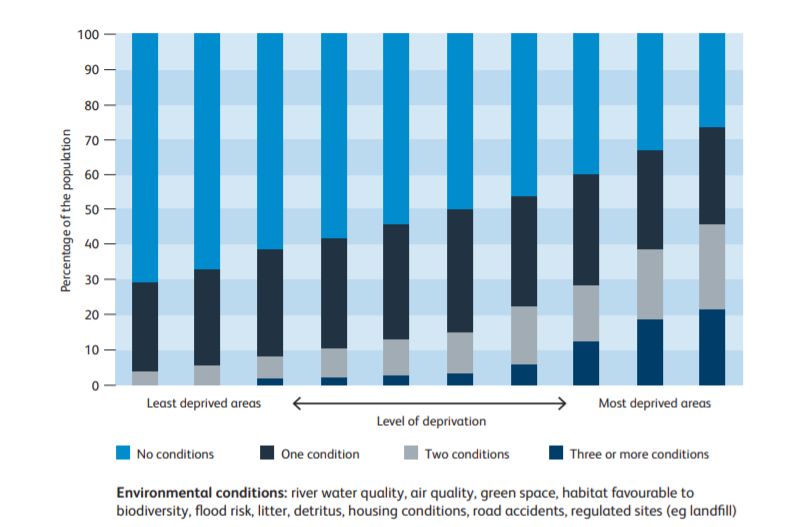
“There are exceptions where affluent populations tend to live in more trafficked areas, although the impact of congestion charging in central London on reducing levels of NO2 and PM [nitrogen dioxide and particulate matter – the most common pollutants] has been greatest in the most deprived areas.”
Air pollution is thought to be responsible for 50,000 premature deaths every year but campaigners say mapping its full impact on disadvantaged communities in greater detail is complex and challenging, due to the absence of official up-to-date data across the whole of the country.
‘Air pollution’ never appears on a death certificate as a cause of deathMat Hope, editor of DeSmog UK
Mat Hope, editor of DeSmog UK, a website that investigates climate and environmental issues, said: “Part of the antipathy around addressing air pollution seems to be that the health impacts are quite complicated – ‘air pollution’ never appears on a death certificate as a cause of death.
“Experts tell us air pollution is responsible for lots of horrible illnesses, but our investigations show the government continues to task organisations with the fewest resources – local authorities – with tackling the problem. And they’re struggling to deliver.”
The government, which claims improving air quality is one of its top priorities, has asked local councils across the country to submit their own air quality plans to ministers by March this year.
As part of a snapshot study, DeSmog lodged Freedom of Information requests with 77 authorities in the Midlands, to ask to see their reports and impact assessments.
Of those asked, 59 did not have all of their required reports publicly available, 34 were found to have gaps in their reporting up to and including 2016, and some said they were still in the process of writing their 2016 reports.
A total of 27 were found to have failed to produce any reports up to and including 2015 at all.
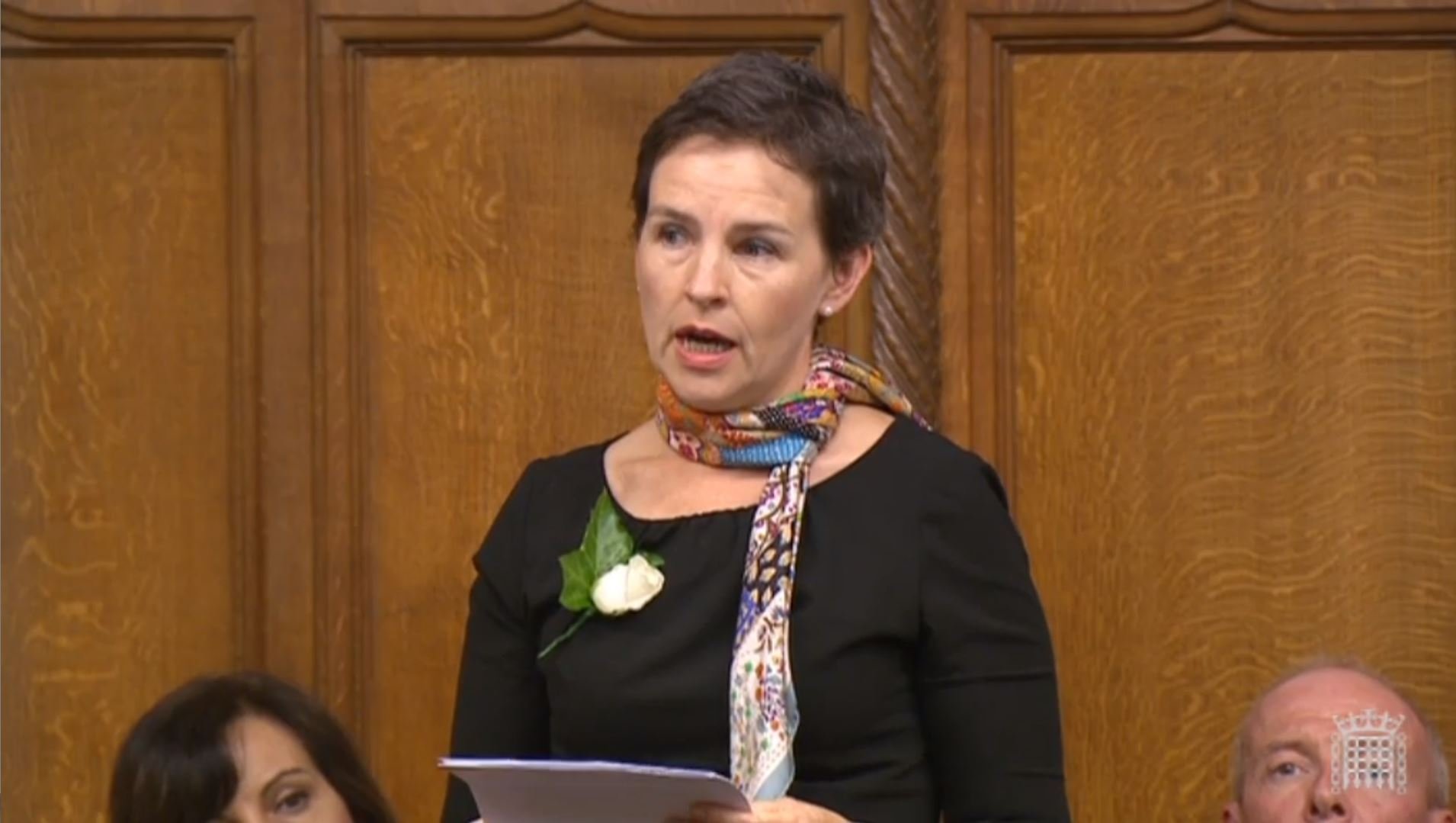
Harriet Edwards, policy lead on air pollution at the British Lung Foundation, said a lack of clear, top-down direction from the government had led to a mixed approach from councils.
“From our perspective, there is a lack of consistency in approach and certainly a resource challenge. There is definitely not an air pollution officer in every council,” she said.
“We know that people who have lung conditions are much more susceptible to poor air quality, and we also know lung disease is a lot more prevalent in lower income groups.
“It is part of a whole social structure and a wider picture of inequality. People in those groups are much more likely to have a lung condition, to live near a main road and have less access to green space, as well as higher smoking rates within their communities and bad or damp housing conditions.
“And the people on the lowest incomes are generally contributing the least towards the pollution problem, as they tend to drive the least and use public transport more.”
We know that people who have lung conditions are much more susceptible to poor air quality, and we also know lung disease is a lot more prevalent in lower income groupsHarriet Edwards, British Lung Foundation
But the charity warns that those from lower-income groups who do drive are more likely to be using the highest-polluting vehicles.
Edwards added: “We know clean air zones are the most effective way of cutting air pollution, but we need to make sure it does not exacerbate the problems with inequality that already exist.
“Telling people in disadvantaged areas that they have to upgrade vehicle asap is not going to work, because they may not be able to afford to upgrade them.
“A proper diesel scrappage scheme would target those groups and give people with long term lung disease the opportunity to give up their vehicle for a less polluting one, or take up the offer of public transport vouchers.”
While many Londoners are aware of the dangers of toxic air, thanks to high profile campaigns and the work of Mayor Sadiq Khan, experts know they are facing a tougher battle to convince people elsewhere to take action.
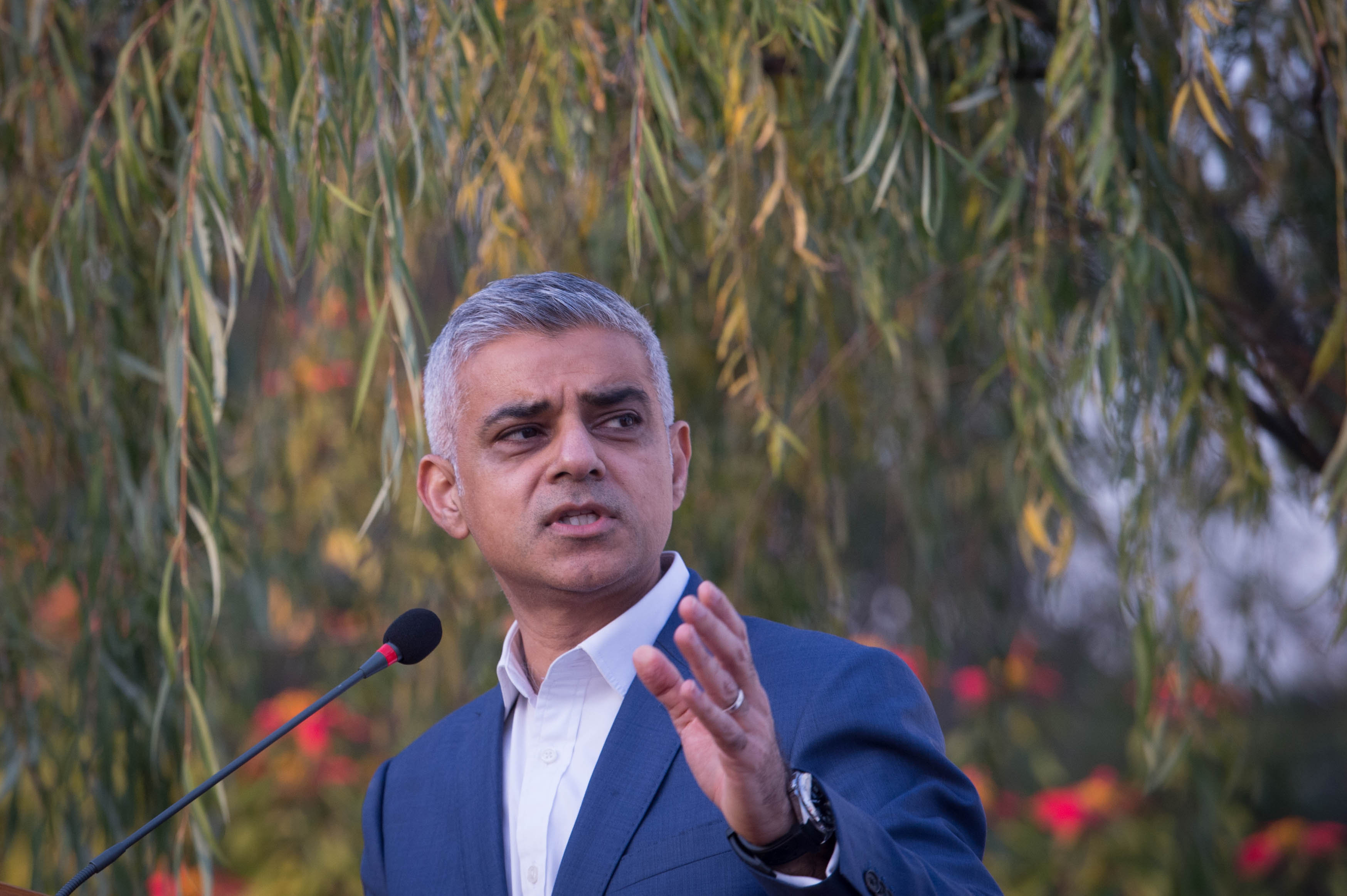
“Something that we always say to people is if we could see the problem, if there were a grey fog hanging over us – which of course there is, we just can’t see it – we would be far more angry and people would be demanding change,” Edwards said.
“It is really important that government leads the approach from the top, so clean air zone networks across the country are similar and ambitious.
“Charging private vehicles to come in and out of city centres as part of a clean air zone would not be a popular policy – and with local elections coming up, councils may not be prepared to introduce something so drastic – but as we saw with the congestion charge in London, within a couple of years people can start to see the difference and the benefits.”
Alexia Zavros, a 34-year-old mum who lives on a busy main road in Garston, Liverpool, told HuffPost UK she worries about the effects of pollution on her daughter.
Eight-year-old Tehya suffers from eczema and allergies, which are exacerbated by walking around outside.
“The smoke makes it harder to breathe, and the wind makes it harder to breathe as well,” the schoolgirl said.
“My eyes get really itchy as well and when it gets itchy it gets irritating. When the pollution comes out of the back of the car it makes my nose feel very sore.”
Alexia added: “I would like to see our government keep its promise in keeping a safe level of clean air for everyone. Reducing traffic around school playgrounds, asking people to switch their engines off outside schools and making it mandatory. Little changes like that would make a big difference.”
In the meantime and the absence of a fully joined-up, nationwide strategy, many lobby groups are taking matters into their own hands.
If we could see the problem, if there were a grey fog hanging over us – which of course there is, we just can’t see it – we would be far more angry and people would be demanding changeHarriet Edwards, British Lung Foundation
Help Britain Breathe – a collaboration between environmental lawyers ClientEarth, the British Lung Foundation and the Healthy Air Campaign – is running public awareness campaigns outside of London, including in Liverpool, Leeds, Manchester, Birmingham and Southampton.
A spokesman said: “What we have encountered is that London, by and large, has the most extensive data network. Across the rest of the country, there is a lot of data around air pollution levels near schools, but not that much else.
“There are some really helpful indicators around increased risk of lung disease and other conditions in urban areas, but a proper cross-section analysis of these data points has not been carried out.
“It would be really valuable to have that data, so we are working closely with local councils to gather as much localised information as we can.”
DeSmog is also planning to carry out its own investigations further afield than the capital, including in Port Talbot, South Wales and Hull.
Researchers will examine the role of the Department for Transport in supporting the government’s pledge to clean up the UK’s air, the impact of pollution in places that are already suffering due to traditional industry closures and the further impact improvement measures will have on those communities – including asking people to give up their cars.
A spokesperson for the Department for Environment, Food and Rural Affairs said: “We are clear that local leaders are best placed to develop innovative plans, and should be empowered to take action that best suits their area.
“The government has already provided councils with £255 million, as well as expert support and guidance to improve air quality as quickly as possible and we remain keen to see local authorities’ initial plans by March 2018.
“As announced in the autumn budget, we have also allocated £220m through the Clean Air Fund for local areas with the biggest air quality challenge to support people and businesses as plans are implemented.”
